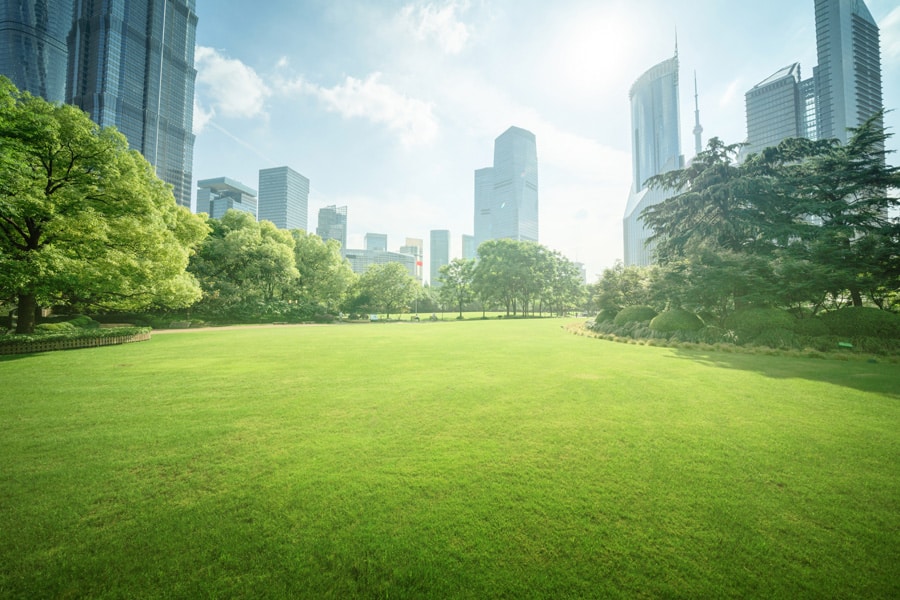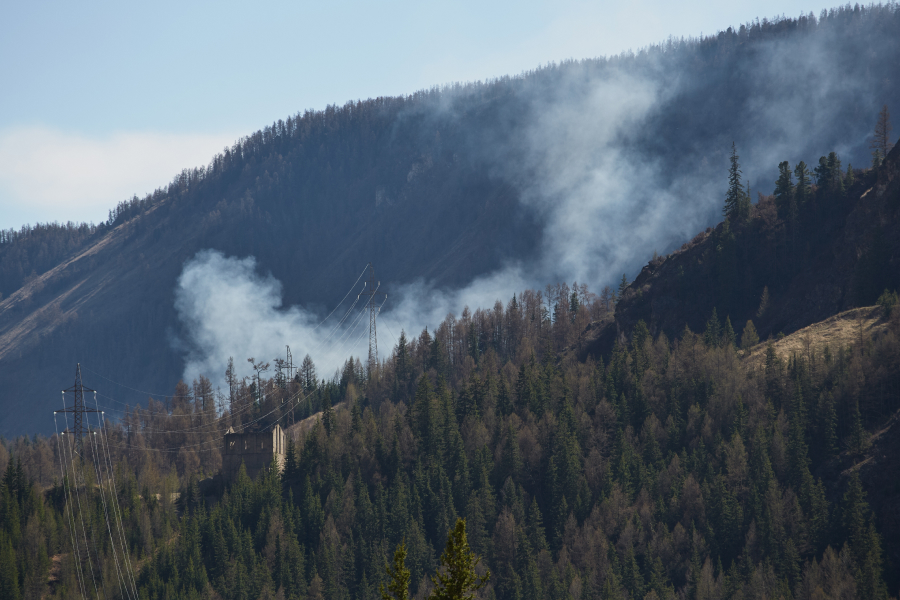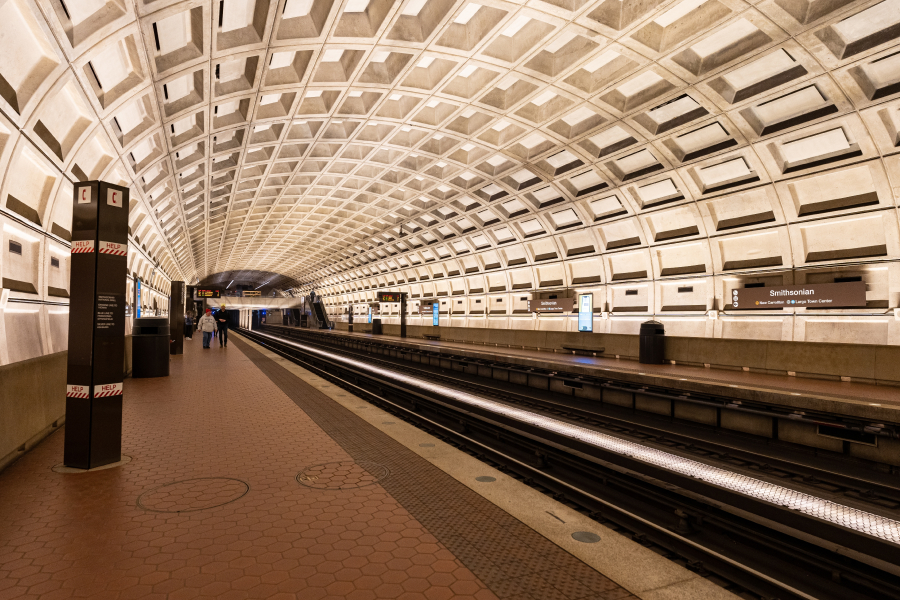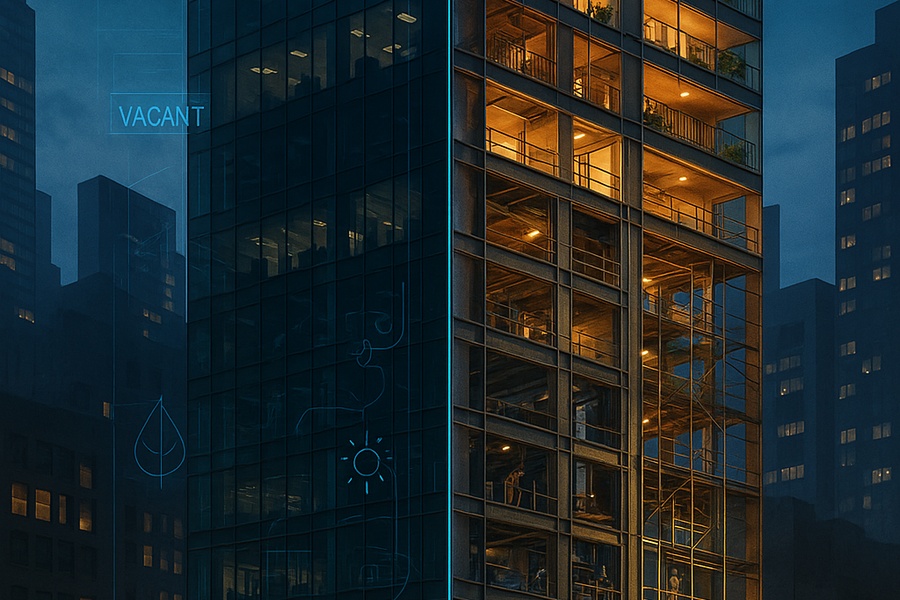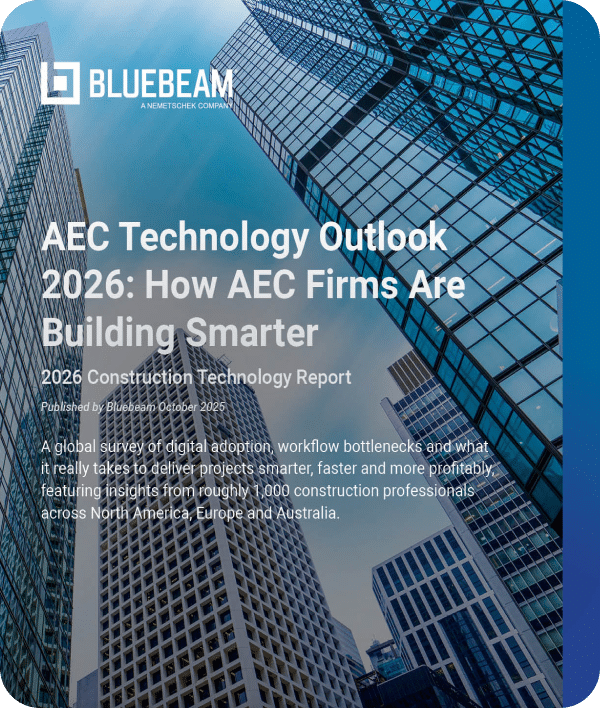The climate crisis is exacerbated by many factors, not least of which is increasing urbanization and the consequences of growing cities.
One approach to lowering the impact of rising temperatures is to create “green corridors,” which proponents say can both cool streets and city districts and improve air quality.
What are green corridors? How do they work? What are their benefits? And what challenges do they face?
A growing urban population
More than half of the world’s population currently lives in cities, a figure that is expected to rise to nearly 70% by 2050. According to the United Nations, the world’s urban population grew from 751 million in 1950 to 4.2 billion in 2018, the most recent year for which data is available.
With cities set to grow ever larger, the need to reduce their contribution to the climate crisis has become a pressing issue, both for the science community and stakeholders across the built environment.
Curious why 3 million AECO professionals worldwide use Bluebeam to finish projects faster?



With global temperatures on the rise, and as heatwaves become more common, cities are increasingly becoming focal points for heat generation.
In many cases, such hotspots turn some city districts into what are called “heat islands,” areas within a city that, due to population activity and a concentration of roads, buildings and infrastructure, generate higher temperatures than the surrounding countryside.
According to the US Environmental Protection Agency (EPA), heat islands can form under a variety of conditions, “including during the day or night, in small or large cities, in suburban areas, in northern or southern climates and in any season.”
Benefits of green corridors
To tackle this worrying situation, planners, developers, architects and local communities are exploring the benefits of “green corridors,” stretches of road or other land running through an urban setting that have been planted with trees and other plants to provide shade and improved air quality.
According to environmental charity Natural Walking Cities, planting trees and other vegetation in an urban setting can improve air quality within a 30-metre radius, since the greenery absorbs—and creates barriers to—particulates from air pollution generated by various human activities.
The US’s EPA points out that, in addition to raising air quality, trees and vegetation can cool surrounding air through evaporation and transpiration, the latter being a process in which plants absorb water through their roots and then cool their surroundings by releasing water vapor into the air through their leaves.
“Trees and vegetation also provide cooling through evaporation of rainfall collecting on leaves and soil. Research shows that urban forests have temperatures that are on average 2.9°F lower than unforested urban areas,” the EPA adds.
The Medellin experience
Cities around the world have introduced green corridors to combat rising urban temperatures for years. In 2016, Medellin, Colombia’s second-largest city, started a program to deliver 30 such corridors—known as “corredores verdes”—which, to date, has planted nearly 1 million trees and more than 2.5 million plants.
The capital cost of the scheme was $16.3 million, with a further $625,000 being spent every year on maintenance to keep the trees and plants in good condition. This sounds like a lot, but it works out at around $6.50 per head of the city’s population; the benefit has been a significant reduction in the city’s average air temperature.
Singapore has also developed a network of nature corridors, with what the country’s government says are routes planted with trees and shrubs that replicate the natural structure of forests. This not only benefits human beings using shading and cooling, but also creates havens and habitats for birds and insects, protecting biodiversity.
Other cities have gotten in on the act. Manhattan has its “Highline,” a former elevated railway line converted into a 1.5-mile-long linear nature park packed with trees and plants, while in central London a number of organizations have come together to create what they call the Wild West End (WWE).
The WWE seeks to implement programs aimed at giving people greater access to nature and encouraging wildlife in the capital. Members who include business partnerships, social organizations and local government “will identify gaps in central London’s green corridor and target projects that will support improved green space connectivity and opportunities to connect Londoners with nature,” WWE says.
Facing up to the challenge(s)
Given the economic value of cities, future-proofing their prosperity through green means makes a lot of sense, according to the World Economic Forum (WEF). A WEF report, “BioDiverCities By 2030,” argues that, “by measuring and highlighting the value of nature, urban planning can reflect the true value of nature-based urban solutions.”
The report goes on to say that nature-based solutions for urban infrastructure “can provide 28% greater value than grey infrastructure alternatives in terms of positive environmental externalities and more resilient jobs, while costing 50% less, using today’s measures of economic cost.”
Still, challenges remain when considering rolling out a green corridor strategy. These include harnessing the necessary political will to see it through, finding the funding to pay for schemes and getting community buy-in.
According to B.Green, an environmental initiative coordinated by Helsinki, Finland, and Tallinn, Estonia, along with the Stockholm Environment Institute Tallinn Center, “innovative … green infrastructure solutions demand a departure from traditional ways of working.”
Collaboration is vital. Alignment across different levels of governance is essential for successful implementation of green infrastructure, B.Green said. “There is therefore a need to change working practices and processes and budget flows to reflect iterative collaboration.”
Financing is almost always an issue, with green infrastructure projects taking several years to develop and still more before the benefits are realized. “This means green infrastructure financing needs to be considered throughout different phases of planning from the pre-planning to the implementation stage,” B.Green said, while backers “should also consider later maintenance and monitoring of the site, which requires unlocking funding from the private sector.”
Community buy-in
There is also the question of acceptance by the public when it comes to rolling out initiatives like green corridors. The best schemes are when the community interests “are fundamentally incorporated into the planning process,” B.Green said, although it adds that communities “are only rarely involved in genuinely co-designing such interventions.”
This is hardly an ideal situation, not least because those communities stand to benefit.
But increasingly, green corridors are being seen as important components in any plan to curb the heating up of our cities. Developers, architects, local government and clients of projects can all play a part, where possible, in creating stretches of natural habitat that integrate with the urban realm and appeal to the people who will use them every day.
If strategies such as those seen in Medellin and elsewhere continue to be recognized and replicated, and if these go hand in hand with other measures to reduce our impact on global air temperatures, not only will city dwellers be able to keep their cool, but the rest of the planet can benefit as well.

